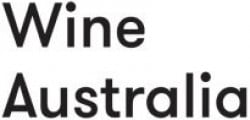Wine Australia

This project will use DNA sequencing to develop a genetic database for commercially relevant Pinot Noir clones, to verify the clonal material held in Australian germplasm collections and source blocks (vines of known virus status and identity which are used as material for propagation). This will enable valuable commercial Pinot Noir vineyards lost in the Adelaide Hills bushfire of December 2019 to be replaced with verified, true-to-type clonal material.
The fires burnt 35% of the Pinot Noir planted in the region and destroyed six of 28 Pinot Noir source blocks, significantly reducing the availability of in-demand clonal Pinot Noir to be used as replacement planting material. The lost source blocks included the only verified plantings of the popular D4V2 clone of Pinot Noir. While alternative sources of D4V2 potentially exist in South Australia, their identity is not certain.

-crop-850x675.png)
Have questions?
Find answers to our most frequently asked questions on research projects, commercial opportunities, organisations and more.
Still have questions or have feedback on the site? Please get in touch by completing our enquiry form.